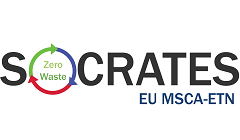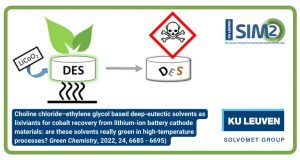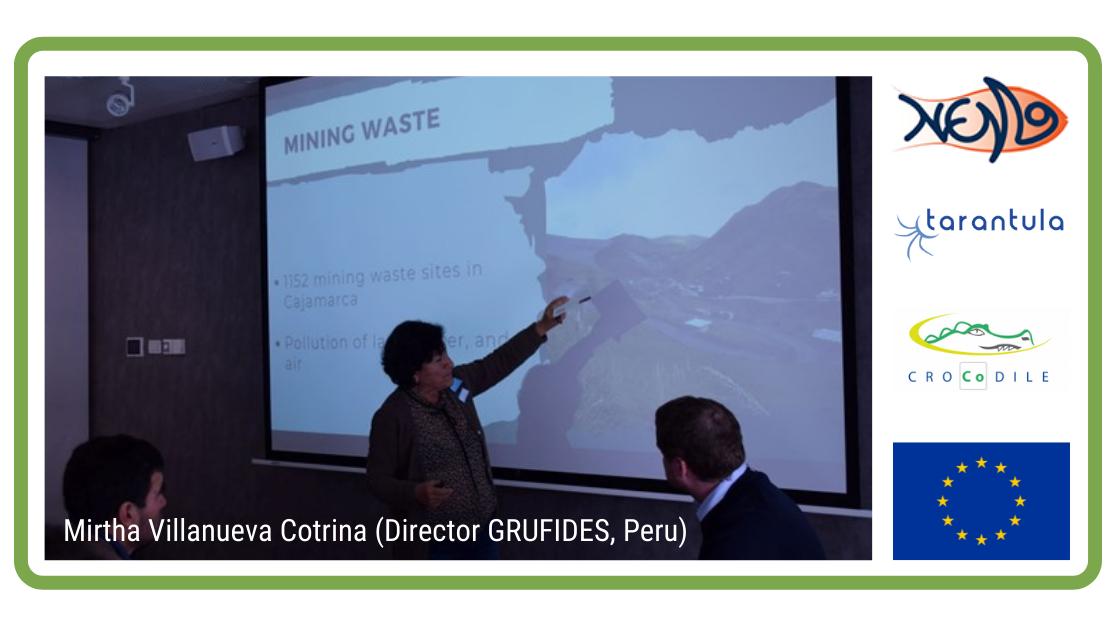On 5 and 6 February, 2018, the 4th Enhanced Landfill Mining Symposium is taking place in Mechelen, Belgium. On January 15, 2018, the Final Symposium Programme was released: pdf available here. Registration for this Symposium is still possible (still at the reduced tariff). The organisers, including EIT RawMaterials, hope to welcome you in Mechelen!
Full ELFM IV Symposium Programme >
Register here (at reduced tariff) >
Setting the scene for ELFM IV
Over the past few years Enhanced Landfill Mining (ELFM) – defined as “the safe exploration, conditioning, excavation and integrated valorisation of (historic, present and/or future) landfilled waste streams as both materials (Waste-to-Material) and energy (Waste-to-Energy), using innovative transformation technologies and respecting the most stringent social and ecological criteria” – has gained considerable momentum.
Firstly, three large-scale, multi-partner ELFM-related projects (ETN NEW-MINE, Interreg RAWFILL and COCOON) – which were submitted in ultra-competitive EU programmes – have received EU funding. Secondly, the ELFM concept has enjoyed widespread press attention, incl. multiple documentaries and featured articles, such as the January 8, 2018, Special Report in the “50 Ideas to Change the World” Series of the Financial Times. Thirdly, on March 14, 2017, the European Parliament formally endorsed the ELFM concept in its “Waste Package”, which concerned the adaptation of four EU Directives. The endorsement consisted of an Amendment to the Landfill Directive, which was to provide for the embryonic architecture for future ELFM activities.[1]
Nevertheless, despite these evolutions and, concurrently, the many research breakthroughs, we are still waiting for the first, full-scale industrial, resource-recovery-driven ELFM project to take place. Multiple barriers seem to persist. Legislation for ELFM on the EU and national level has not yet come to terms with the dynamics of the – disruptive – ELFM concept, which is corroborated by the fact the ELFM Amendment of the European Parliament was blocked out in the 2017 Trilateral meeting between the European Parliament, the European Commission and the European Council. Concurrently, market barriers for ELFM remain: ELFM-derived products need to compete with primary resources and several industries are still reluctant to absorb ELFM-derived materials. Thirdly, local communities may take some convincing about ELFM projects in their backyard. This bewildering force field provides the intriguing context for the Fourth International Symposium on Enhanced Landfill Mining (ELFM IV).
Building upon the three previous editions (2010 (Belgium), 2013 (Belgium) and 2016 (Portugal)), ELFM IV provides the floor to a host of both Invited Speakers (with keynote lectures/papers) and Regular Speakers (through a call for papers) to shed light on the recent progress in both the technological and non-technological aspects of ELFM within the wider circular economy context. Several Invited Speakers provide review/position papers on the status of key ELFM domains, such as geophysical methods for landfill exploration, state-of-the-art sorting technologies, solar and plasma gasification, multi-criteria assessment results of ELFM projects etc. As such the audience receives a comprehensive overview of the wide ELFM research and innovation domain.
ELFM IV offers a total of 50 papers, which are grouped according to 4 thematic categories:
- Geophysics, remediation, preprocessing and metal extraction technologies for Enhanced Landfill Mining
- Thermal valorisation technologies for Enhanced Landfill Mining
- Upcycling technologies for Enhanced Landfill Mining
- Multi-criteria assessment for Enhanced Landfill Mining
The wide diversity of participants reflects the multi-actor, “quadruple helix” approach that is endorsed by EURELCO, the European Enhanced Landfill Mining Consortium. Such an approach is essential to obtain and maintain the “Social License to Operate”, in which ELFM is fully integrated in a wider, system-level transition to a low-carbon, circular economy.
Acknowledgements
The ELFM IV Symposium is organised by SIM² KU Leuven and i-Cleantech Vlaanderen, further supported through the EURELCO network (European Enhanced Landfill Mining Consortium), the MSCA-ETN NEW-MINE project (EU Horizon 2020 Marie-Sklodowska Curie European Training Network NEW-MINE) and EIT RawMaterials, i.e. the strongest consortium ever created in the world in the raw materials field.

Peter Tom Jones
Peter Tom Jones, for the ELFM IV Organising Committee, Senior Research Manager SIM² KU Leuven, General Coordinator EURELCO & ETN NEW-MINE
[1] In Article 5, the following paragraph has been added: “The Commission shall further examine the feasibility of proposing a regulatory framework for enhanced landfill mining so as to permit the retrieval of secondary raw materials that are present in existing landfills. By 31 December 2025 Member States shall map existing landfills and indicate their potential for enhanced landfill mining and share information.” The justification for this change is that Enhanced Landfill Mining does not only enable the recovery of valuable materials which can be brought back into the cycle, but also allows for recovering land area, taking into account that a large part of the EU’s 500,000 historic landfills are situated in a (semi-) urban environment.







